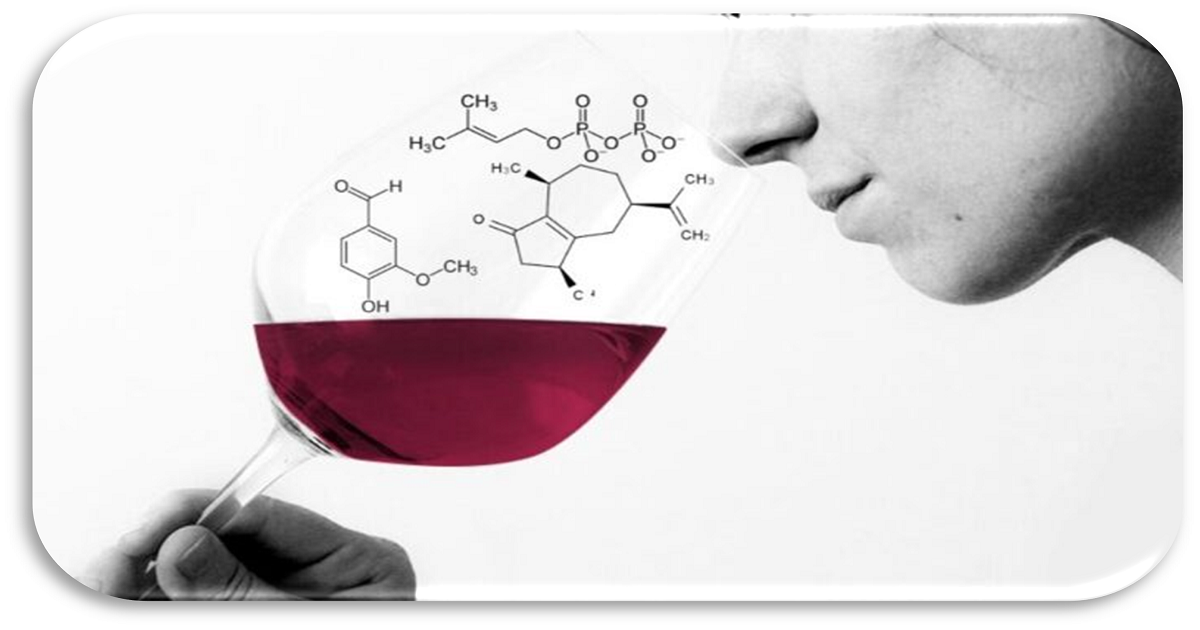Wine Technology and Sensory Analysis
A special issue of Applied Sciences (ISSN 2076-3417). This special issue belongs to the section "Food Science and Technology".
Deadline for manuscript submissions: 15 October 2025 | Viewed by 11572

Special Issue Editors
Interests: wine technology; fruit and fruit products; aroma compounds; phenolic compounds; gas chromatography; membrane filtration
Interests: wine technology; flavor compounds of fruits and fruit products; membrane processing; stability of phenolic compounds
Special Issues, Collections and Topics in MDPI journals
Special Issue Information
Dear Colleagues,
Wine production is a complex process, and each stage of this process affects the final product. The chemical composition of each wine depends on the wine variety, vineyard conditions, viticultural and vinification techniques and finally the aging and maturation stage. Each stage includes various factors that could affect the wine’s chemistry.
Wine’s chemical composition is a mixture of many types of compounds. Along with water and ethanol, which are most abundant, there are sugars, acids, higher alcohols, various phenolic compounds (flavonols, flavan-3-ols, benzoic acids and anthocyanins), volatile compounds (esters, terpenes, aldehydes, ketones, volatile acids and alcohols) and others. A combination of all the chemical compounds results in a unique wine color and aroma.
Wine’s aroma includes flavor and scent, which are the two main wine quality parameters that influence consumers’ choice of wine. Therefore, sensory analysis of wine is a crucial scientific discipline that enables an objective determination of wine’s visual properties, olfactory and taste characteristics, variety correctness, and a potential consumer’s perception of wine.
The aim of this Special Issue is to provide insights into different wine technologies that are currently used and that affect wine’s chemical composition and sensory properties. Submissions that include chemical and sensory analyses of grape, must and wine, along with new approaches, wine varieties, analytical methodology, vinification methods and their significance in world winemaking, are encouraged.
Dr. Ivana Ivic
Prof. Dr. Anita Pichler
Guest Editors
Manuscript Submission Information
Manuscripts should be submitted online at www.mdpi.com by registering and logging in to this website. Once you are registered, click here to go to the submission form. Manuscripts can be submitted until the deadline. All submissions that pass pre-check are peer-reviewed. Accepted papers will be published continuously in the journal (as soon as accepted) and will be listed together on the special issue website. Research articles, review articles as well as short communications are invited. For planned papers, a title and short abstract (about 100 words) can be sent to the Editorial Office for announcement on this website.
Submitted manuscripts should not have been published previously, nor be under consideration for publication elsewhere (except conference proceedings papers). All manuscripts are thoroughly refereed through a single-blind peer-review process. A guide for authors and other relevant information for submission of manuscripts is available on the Instructions for Authors page. Applied Sciences is an international peer-reviewed open access semimonthly journal published by MDPI.
Please visit the Instructions for Authors page before submitting a manuscript. The Article Processing Charge (APC) for publication in this open access journal is 2400 CHF (Swiss Francs). Submitted papers should be well formatted and use good English. Authors may use MDPI's English editing service prior to publication or during author revisions.
Keywords
- wine technology
- chemical composition
- phenolic compounds
- aroma compounds
- vinification techniques
- sensory analysis
Benefits of Publishing in a Special Issue
- Ease of navigation: Grouping papers by topic helps scholars navigate broad scope journals more efficiently.
- Greater discoverability: Special Issues support the reach and impact of scientific research. Articles in Special Issues are more discoverable and cited more frequently.
- Expansion of research network: Special Issues facilitate connections among authors, fostering scientific collaborations.
- External promotion: Articles in Special Issues are often promoted through the journal's social media, increasing their visibility.
- Reprint: MDPI Books provides the opportunity to republish successful Special Issues in book format, both online and in print.
Further information on MDPI's Special Issue policies can be found here.





